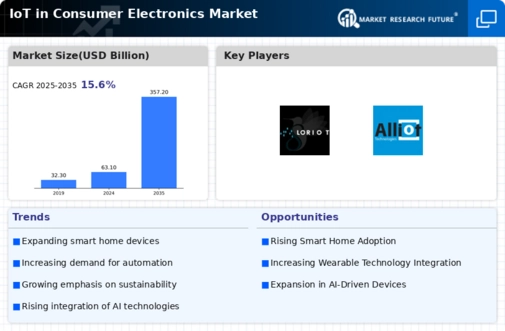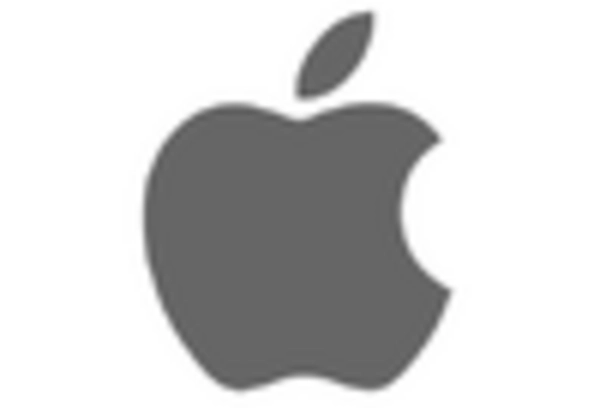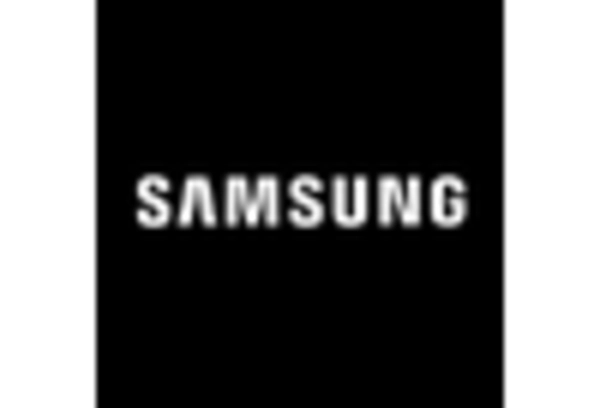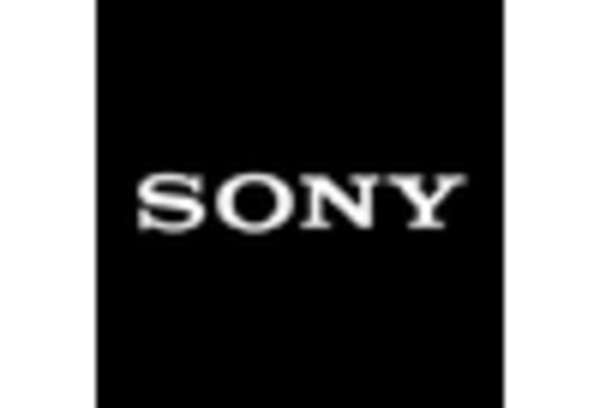April 2024: Infineon has launched their new PSOC Edge, aimed at enhancing Al capabilities in lot, consumer, and industrial technologies. This development is expected to significantly accelerate the company’s growth by positioning infineon on the forefront of Al-driven innovation.
March 2024: at a Connectivity Standards Alliance (CSA) Member event in Singapore SEALSQ Corp announced the latest advancements in loT certification. These developments have an all-in-one solution for consumer loT device makers aiming to achieve the new Product Security Verified Mark.
February 2024: in order to help accelerate its growth Ceva introduced its next-generation low-power ultra-wideband IP for FiRa 2.0 that offers highly accurate and reliable wireless ranging capabilities. This innovative solution addresses the increasing demand for precise and dependable connectivity in both consumer and industrial lot applications. By improving wireless communication performance and efficiency, Ceva positions itself as a key player in the loT market with a view of attracting a broader customer base through such new customers. It will drive revenue growth by implementing advanced IoT technologies.
By 2024 Ericsson says that there will be 5G incorporated into 40% of total population with 1.5 bn subscription services hence making it the largest generation globally. This is driven by novel, inventive solutions reprocessing present infrastructure and a spectrum. Meanwhile in parallel with the deployment of 5G, Cellular IoT reaches major milestones towards becoming a definitive way of enabling broad IoT applications.
March 2023: The Non-Terrestrial Network (NTN) service operator Skylo Technologies, and Monogoto, the Cloud-based cellular network provider signed an agreement to provide an affordable and accessible solution for NB-IoT Satellite connectivity for asset tracking products. Employing the same hardware for both terrestrial and satellite communication will help expand connectivity in areas that were previously inaccessible.
February 2023: a team of Singapore entrepreneurs visited India’s Smart City Command Control Center as they plan to invest in Smart City projects, particularly in UP state, including an Integrated Traffic Management System, Solid Waste Management System, Health ATMs, etc.
February 2023: Canadian-based IoT company Eleven-x will enable North America municipal parking with smart parking system that monitors parking spots and provides real-time data on availability thereby reducing congestion within this area optimize parking enforcement system thus improving urban mobility.
February 2023: Westbase.io. And Taoglas, the IoT distributor, partnered in order to offer innovative 4G/5G and IoT solutions to its customers in the European region. This will provide customers with reliable and high-performance solutions throughout construction, emergency services, logistics, connected health, smart cities, and other demanding applications.
December 2022: Alliot Technologies partnered with Vodafone UK to offer NB-IoT connectivity across the entire country; Vodafone’s Network will transform Alliot’s offering from scale, innovation, efficiency. Through this partnership, alliot will invest in cutting-edge technology so as to ensure great experience for its clients.
December 2022: Vodafone UK and Alliot Technologies partnered to offer NB-IoT connectivity throughout the UK. The network of Vodafone will boost offerings of Alliot with scale, efficiency, and innovation. With this partnership, the investment will be made by Alliot in the latest technology to ensure an excellent experience for its clients, establishing them as the only NB-IoT connectivity provider in the UK.
October 2022: ABB, the technology company released SmartTouch 10 for smart home automation, which can help indoor communication, replacing additional indoor video stations The device manages entire building installation from IP cameras up to lighting, shading scene & temperature control.
August 2022: GrubMarket acquired IOT Pay which is North America's largest IOT Pay platform The acquisition helps GrubMarket to use IOT Pay's technology and payments infrastructure to streamline the food supply chain industry. Furthermore, IOT Pay aims to unveil a digital banking solution for SMBs.
March 2022: KaraMD announced Pure Health Apple Cider Vinegar Gummies, a vegan gummy aimed to aid ketosis, digestion regulation, weight management, and encourage greater levels of energy.
















Leave a Comment